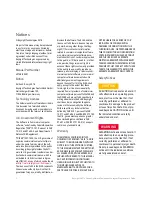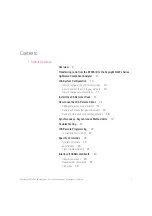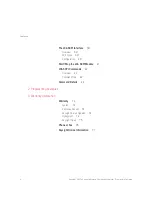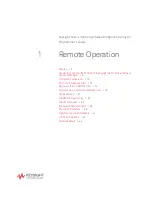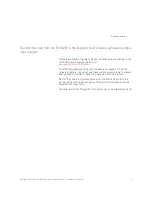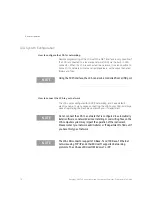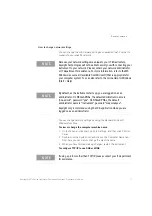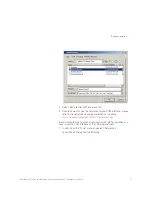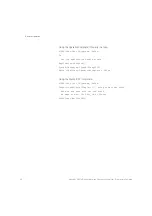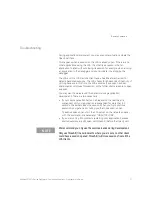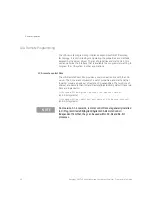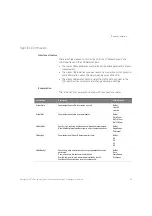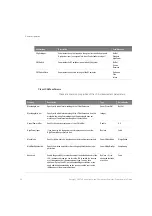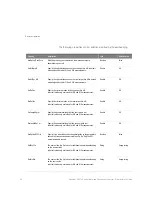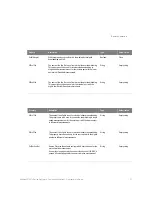
14
Keysight N437x Series Lightwave Component Analyzer, Programmer’s Guide
1
Remote Operation
How to use the LCA Remote Client
Here you can see the basic steps required to write an LCA client
application.
The code sequences presented here are in VB.NET syntax. For sequences
in other languages like C#, VBA or C++ refer to the different programming
examples. You can find these examples in the “Examples” folder, in the
“Keysight LCA Remote Client” installation folder.
Since most client applications will also control the network analyzer for
setting measurement parameters like start- and stop-frequency and for
reading out the measurement data, we also show the basic steps required
to control the network analyzer using its COM interface over LAN (DCOM).
The network analyzer can also be programmed using its SCPI interface,
but this is not covered here. For details about programming the network
analyzer, please refer to the relevant network analyzer documentation.
Adding references to your project
In .NET and COM projects, you have to add references to the LCA Remote
Client Library and to the PNAProxy type library (the network analyzer
proxy, assuming you also want to program the network analyzer).
The LCA Remote Client implements two different interface technologies.
•
In environments which support .NET assemblies, we recommend using
the LCA Remote Client .NET assembly directly.
•
If your programming environment does not support .NET assemblies,
use the LCA Remote Client over its COM interface.
Here we show how this is done in Microsoft Visual Studio 2005 using the
LCA Remote Client .NET assembly directly. When using the COM interface,
the basic structure is the same.
For the differences, please check the VBA and C++ example projects,
installed with the LCA Remote Client.
1 From the “Project” menu, select “Add Reference”.
2 Switch to the “Browse” tab.
3 Browse to your LCA Remote Client installation folder.


